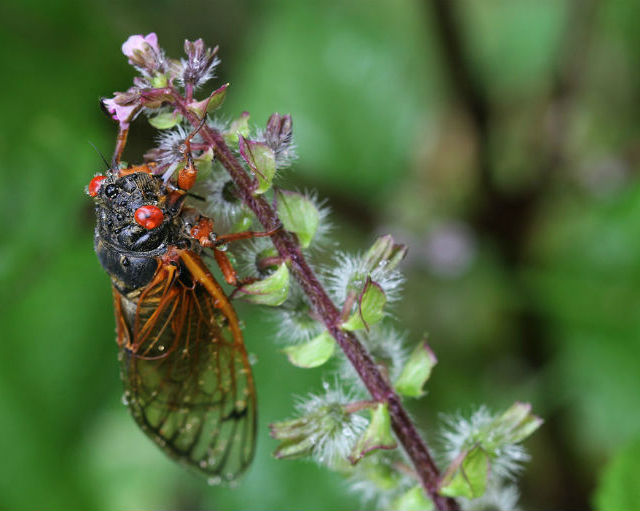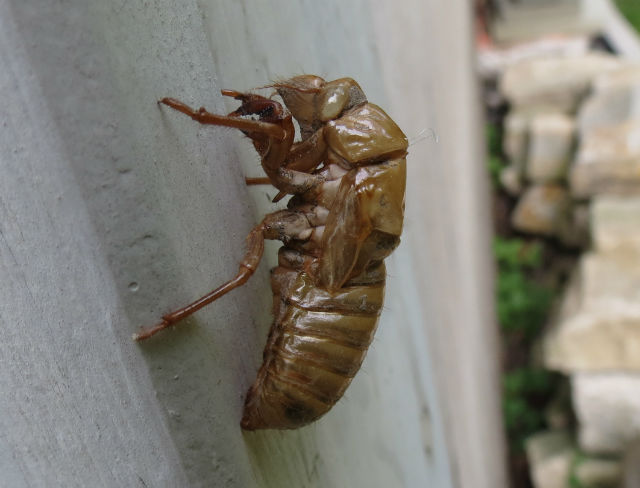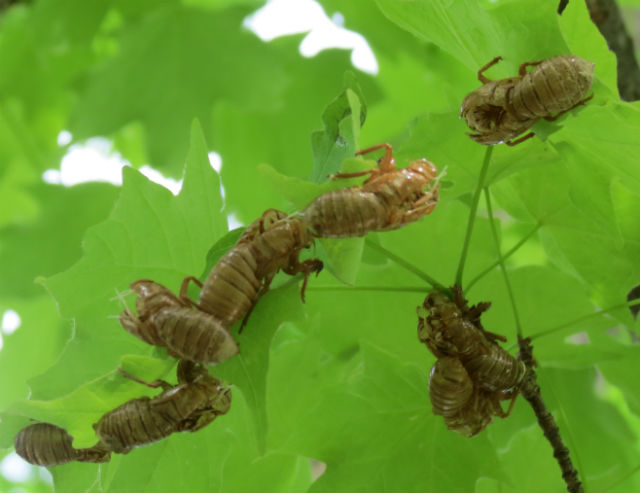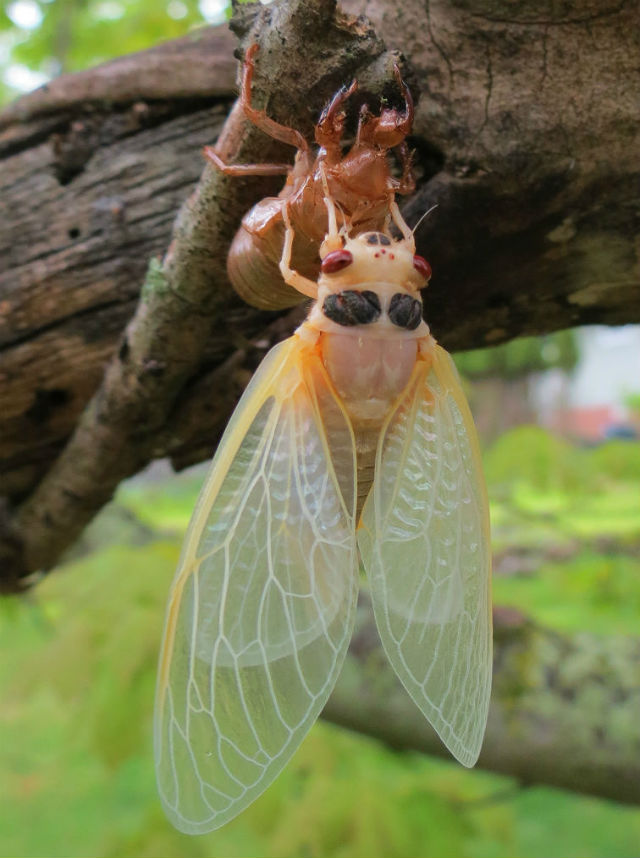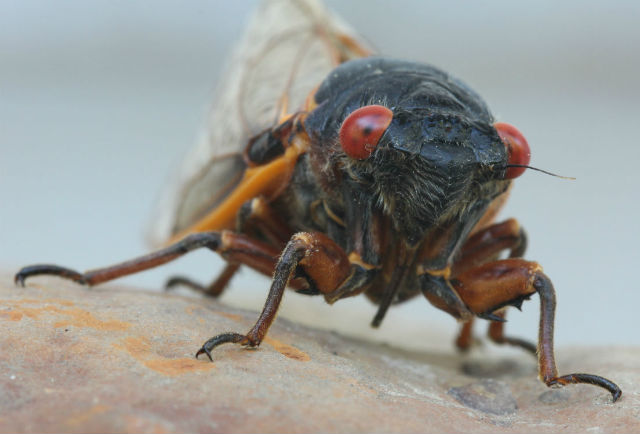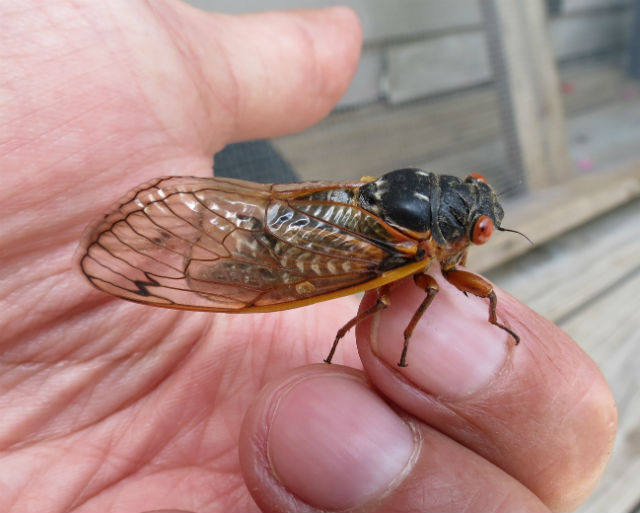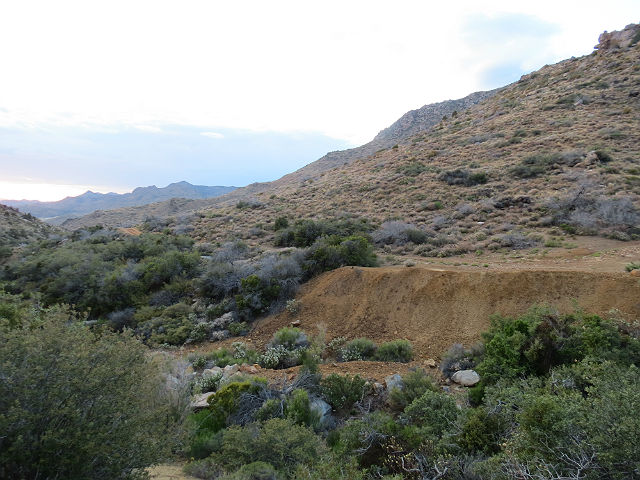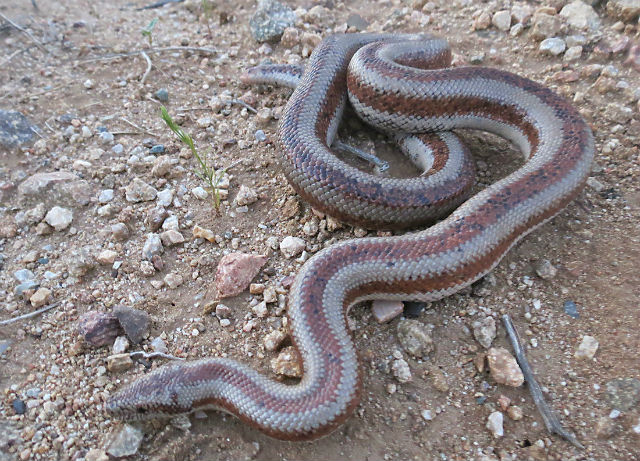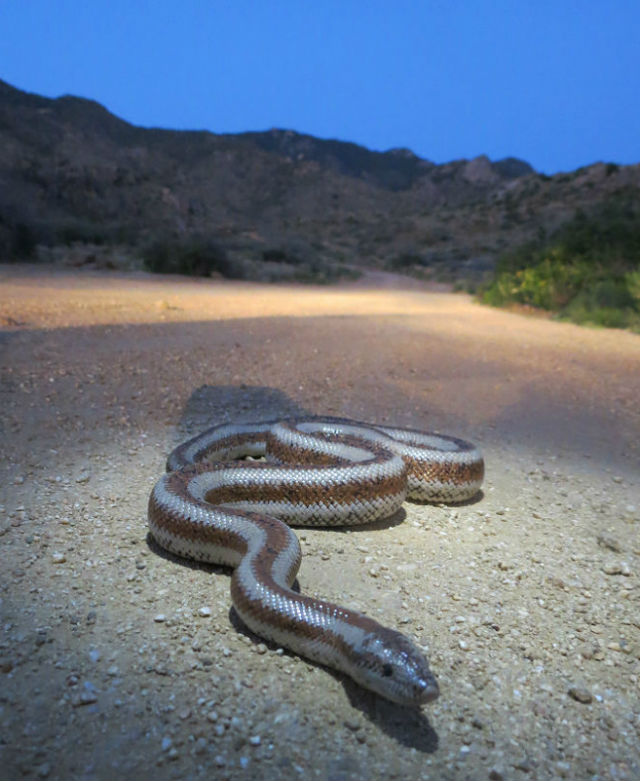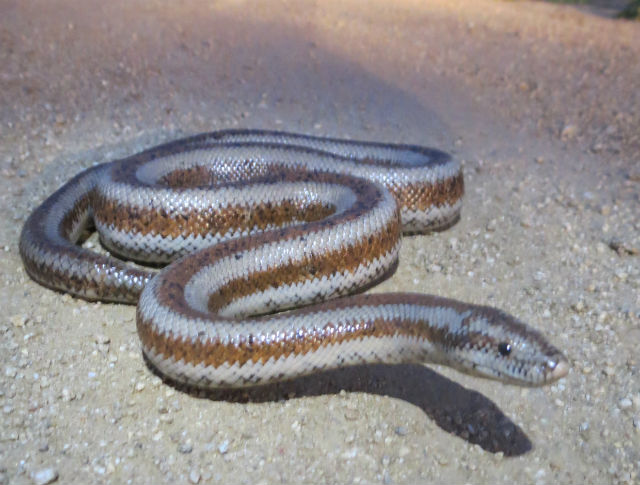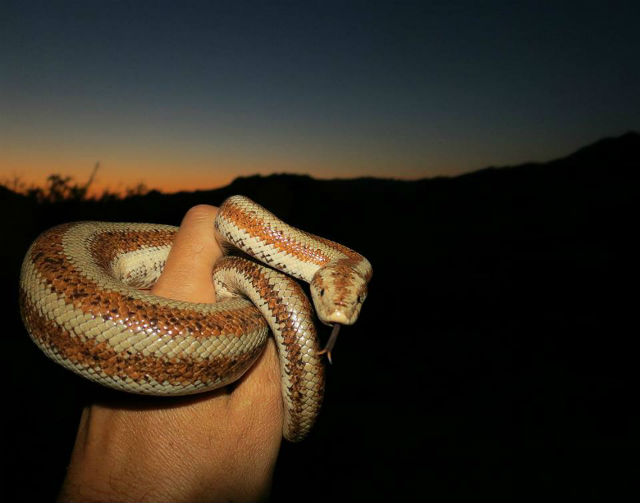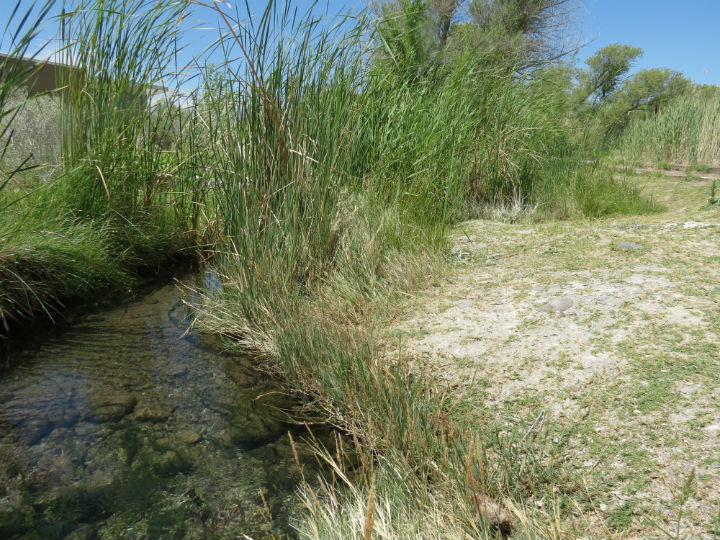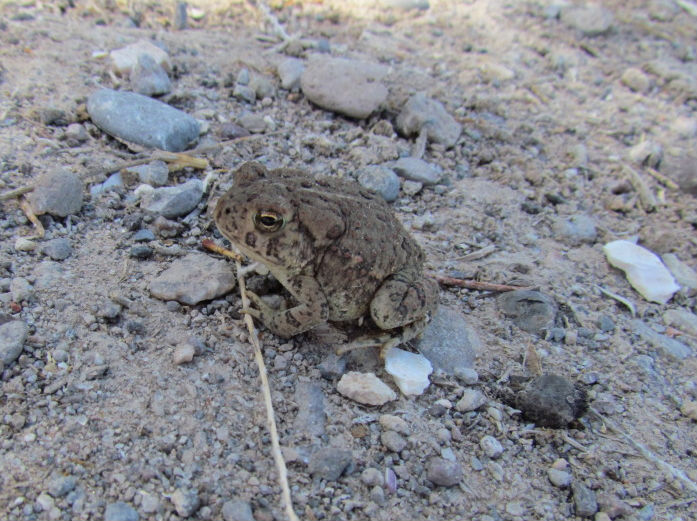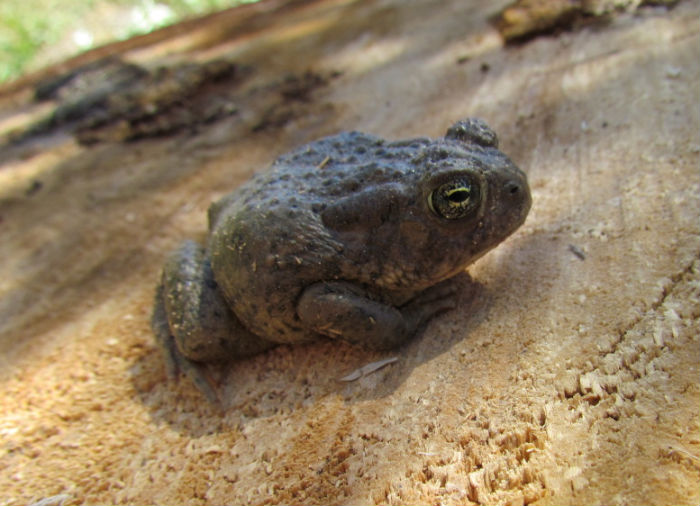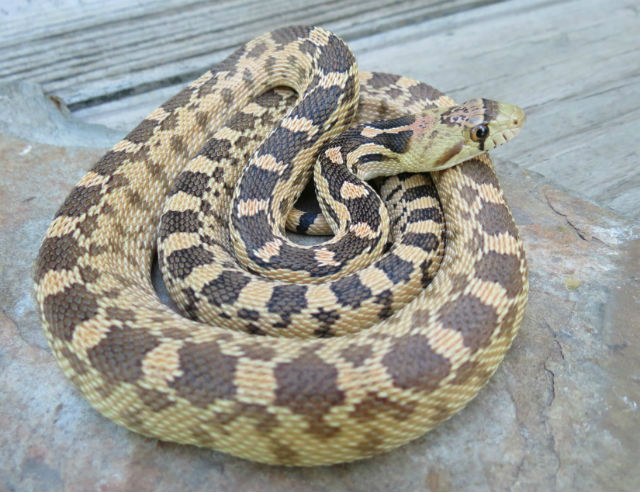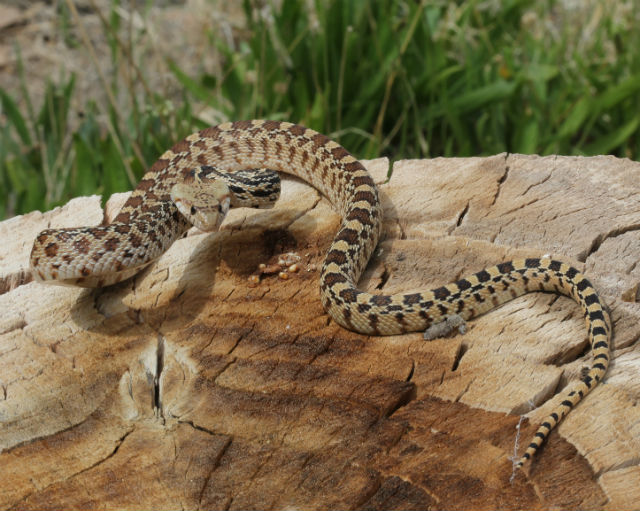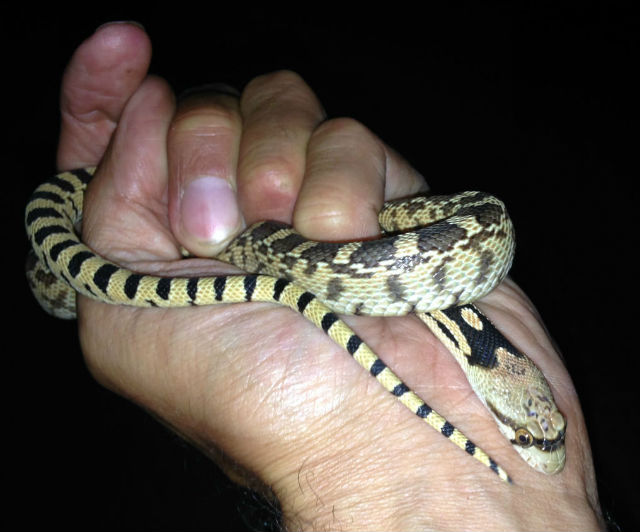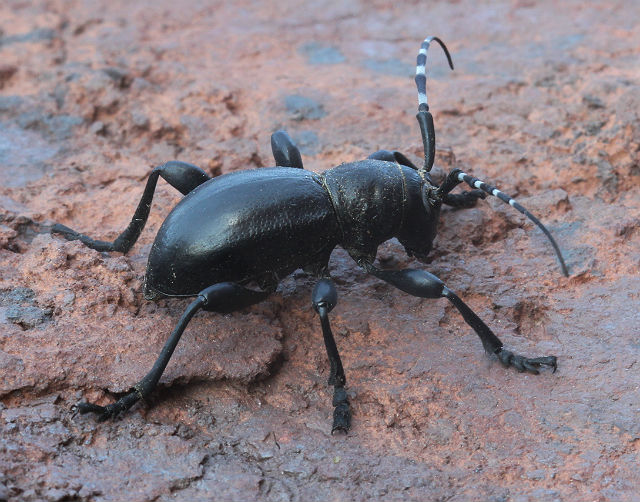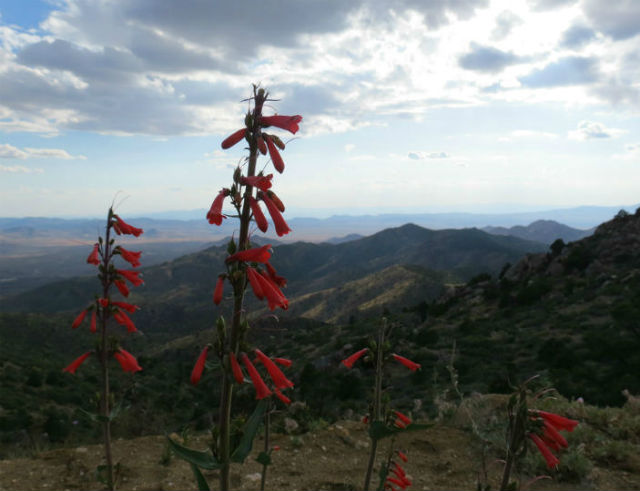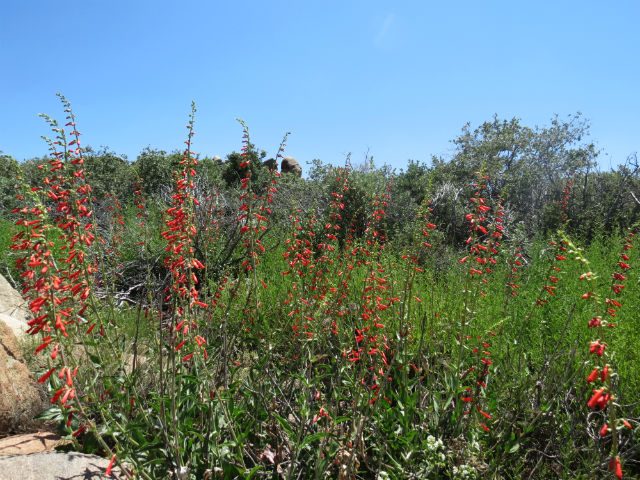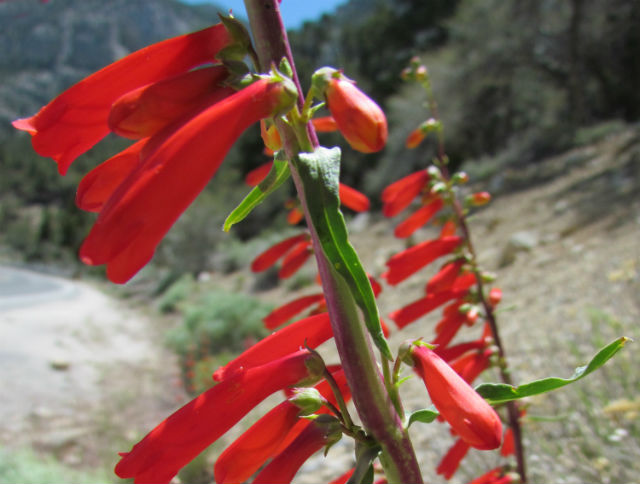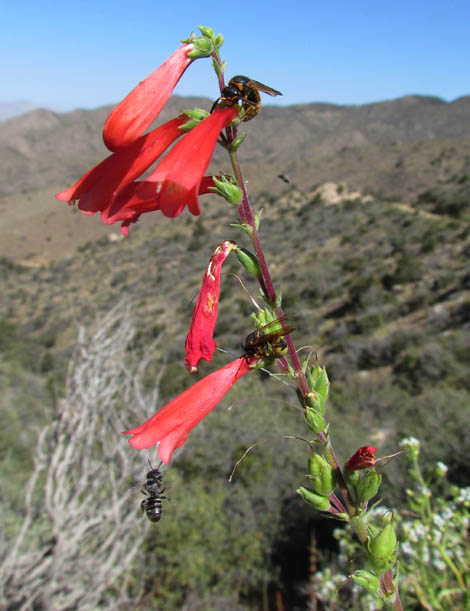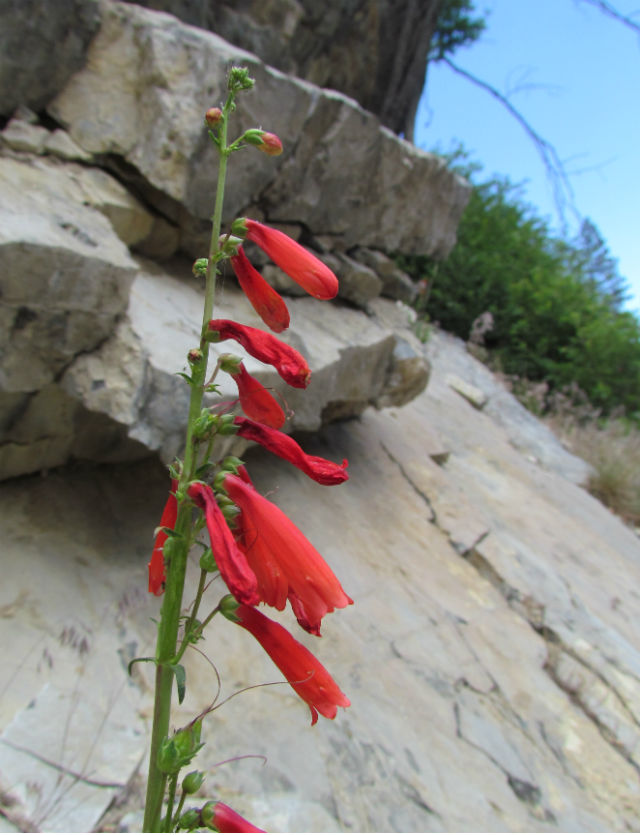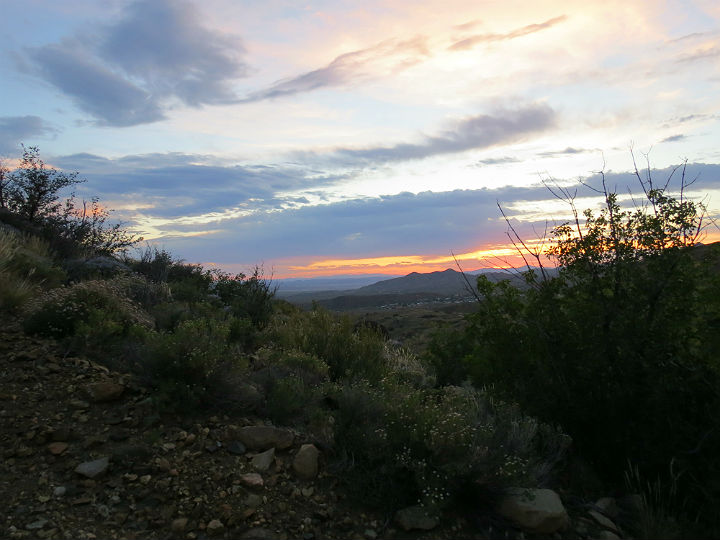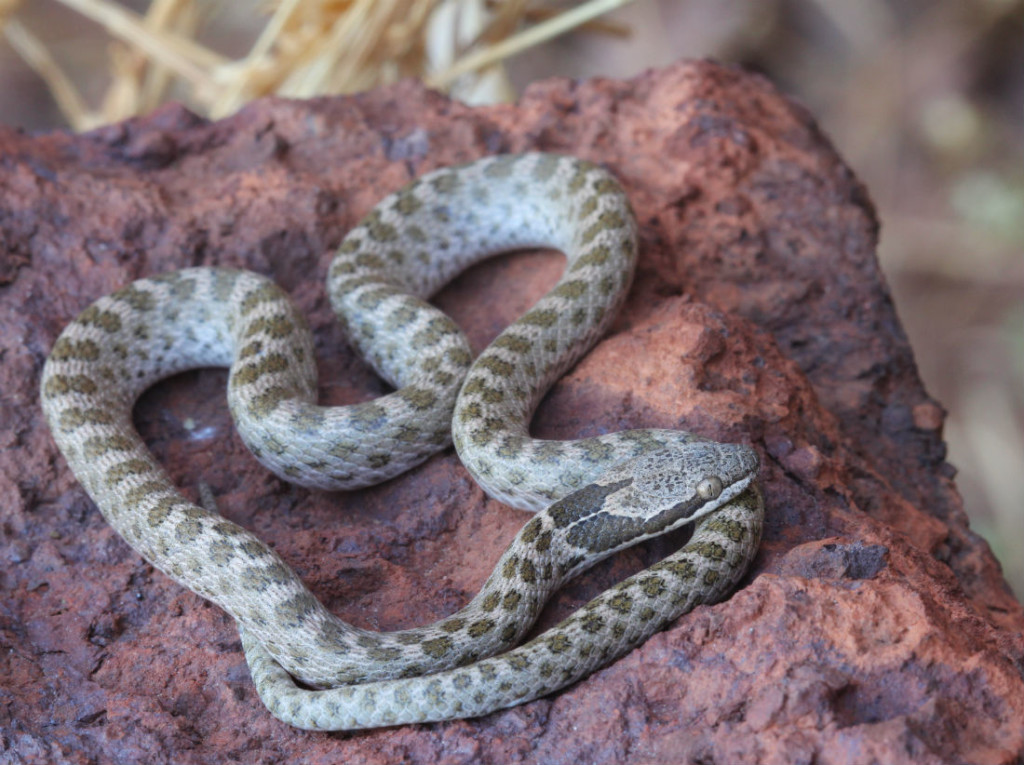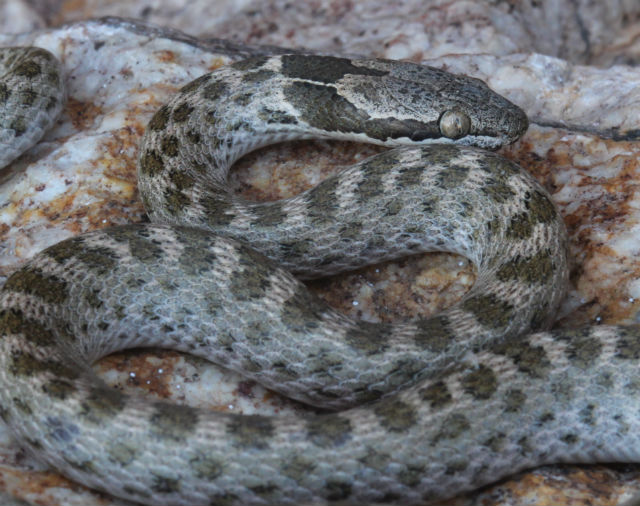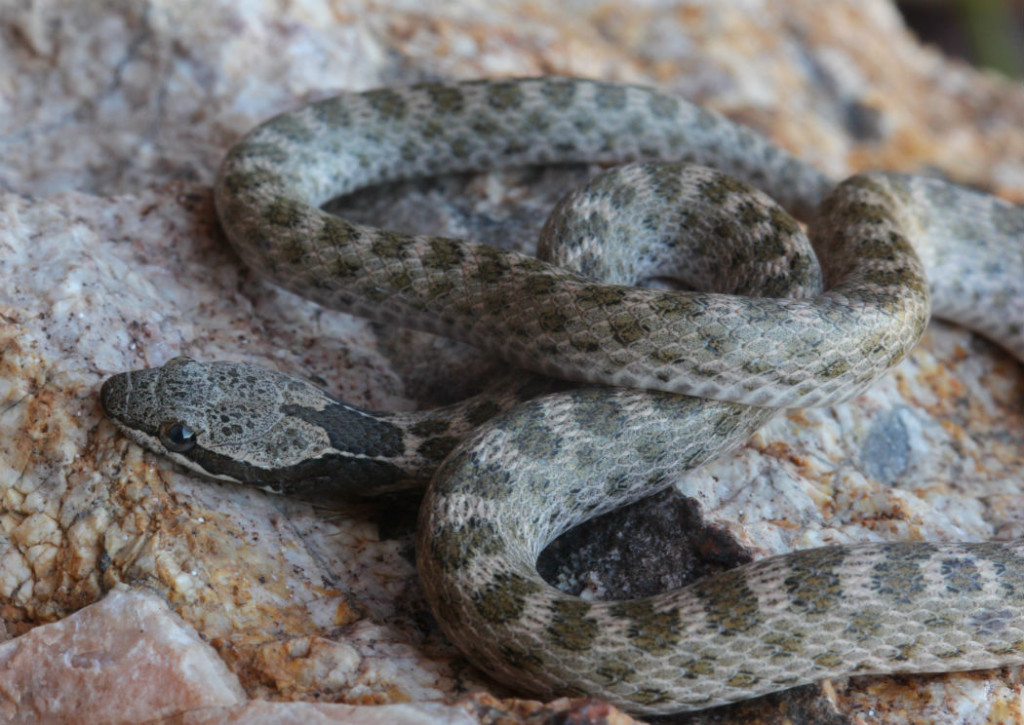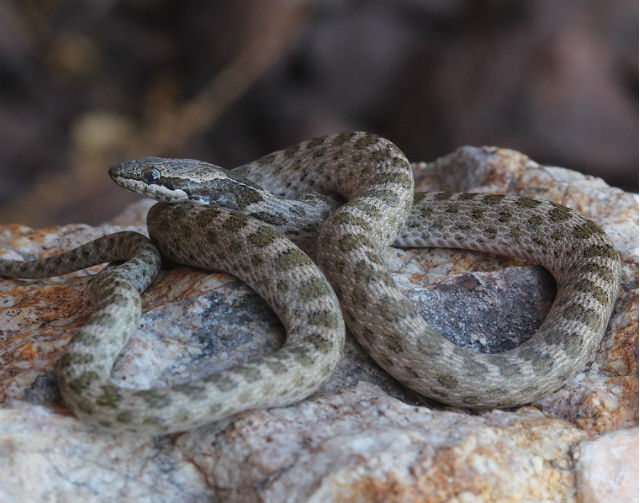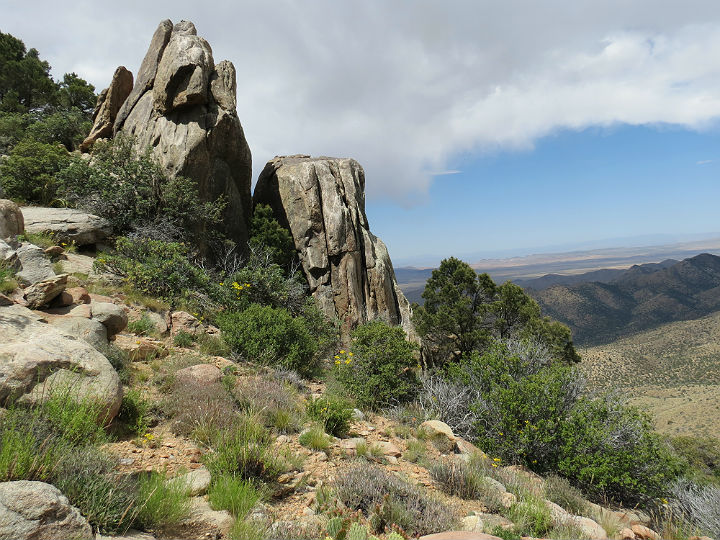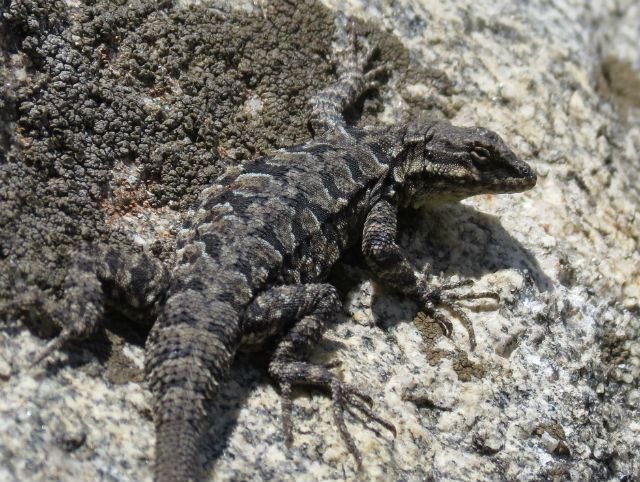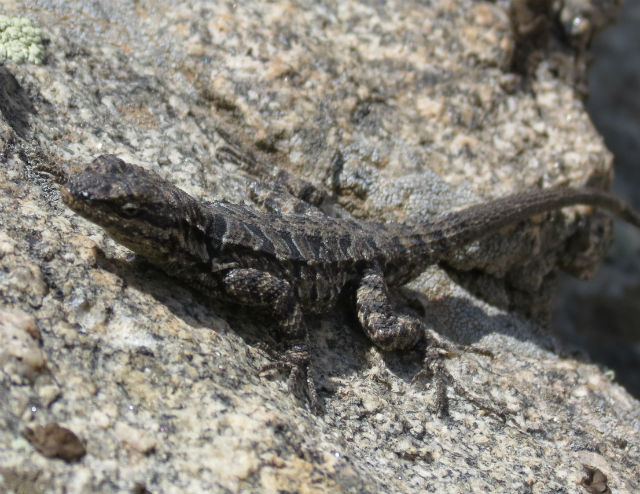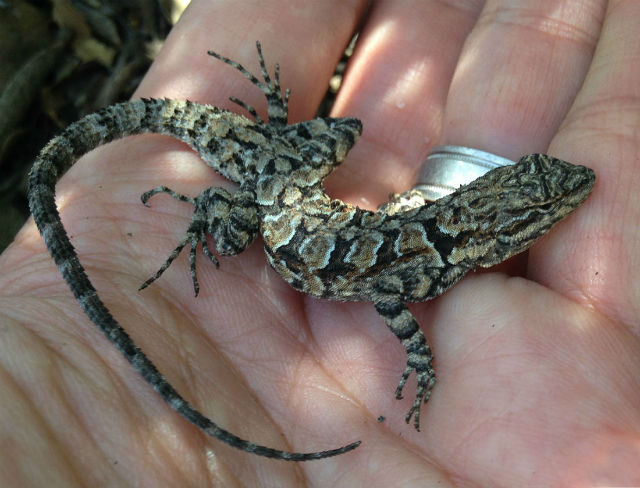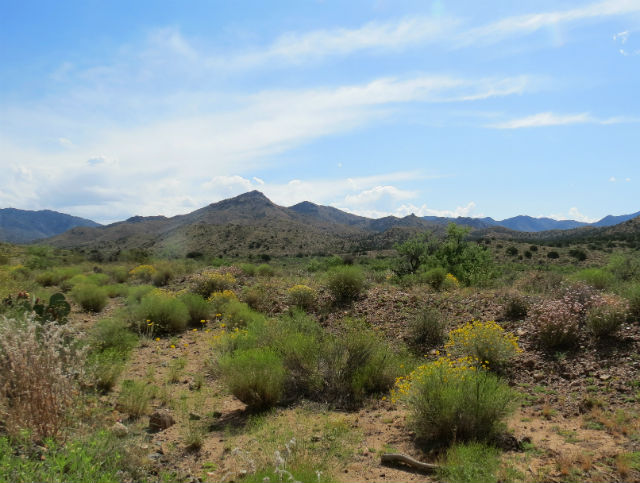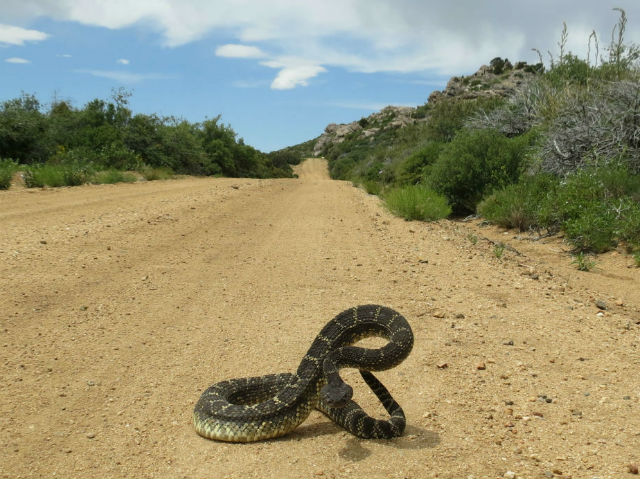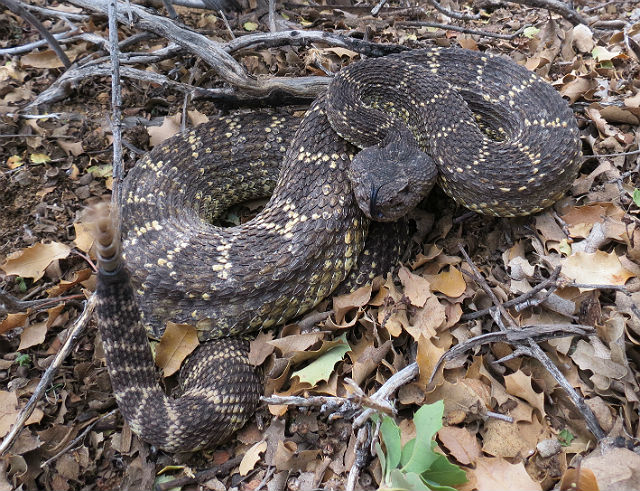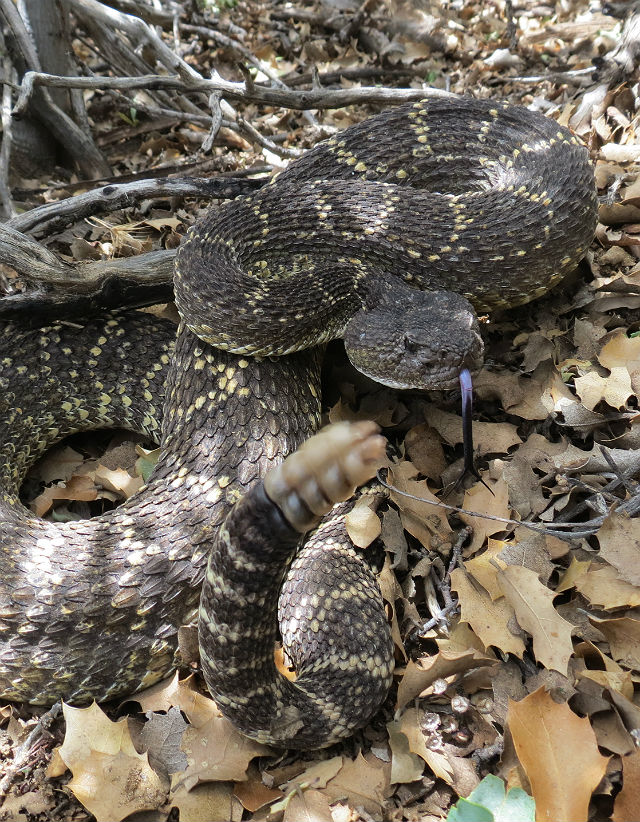This year has been a special one for fans of insects in northeast Ohio. The emergence of millions of ciciadas occured. Magicicada is the genus of the 13-year and 17-year periodical cicadas of eastern North America.
They have spent the past 17 years underground as nymphs feeding on fluids from roots of deciduous trees. At night, when it gets warm enough, the nymphs climb the nearest available tree (or man-made structure), and begin to shed their nymph exoskeleton.
In the morning their exoskeletons could be seen in large numbers, where the creatures which the creatures that previously lived underground, see light for the first time after more than a decade and a half of a subterranean lifestyle. They also get wings.
Free of their old skin, their wings inflate with fluid and their adult skin hardens. Once their new wings and body are ready, they can begin their brief adult life, which lasts 4 to 6 weeks.
As an adult, a cicada has one job to do: make baby cicadas. To accomplish this task, an adult male will spend the last part of his life in furious song. Their sounds are sometimes reminiscent of chirps, rattles, or high-pitched screams, and when males gather in trees to form a chorus, the noise can exceed 100 decibels. Their song can be heard by females up to a mile away.
A single brood can contain billions of cicadas, with as 1.5 million insects per square acre in some parts of the region. Simultaneously emerging in such great numbers is a survival strategy known as predator satiation.
With a lifespan of 17 years, cicadas are among the longest-living insects on earth.

